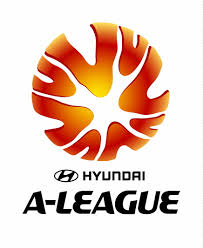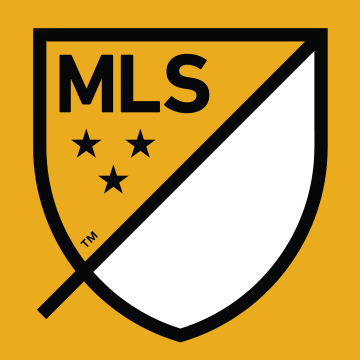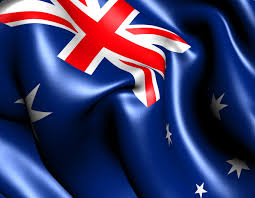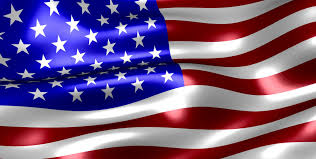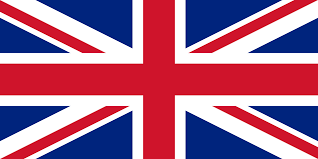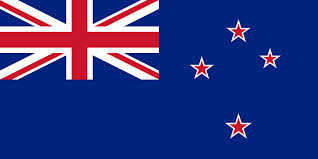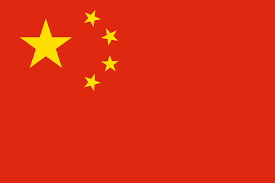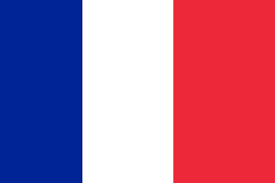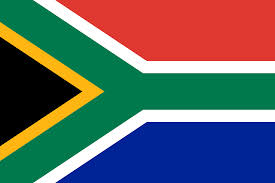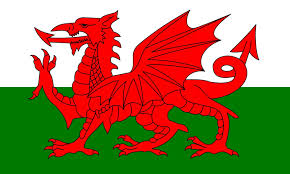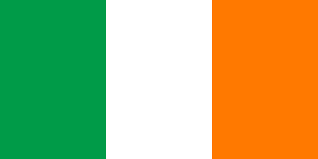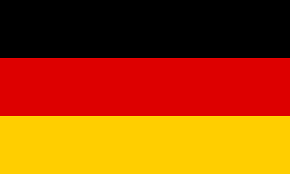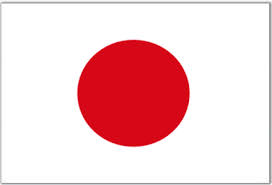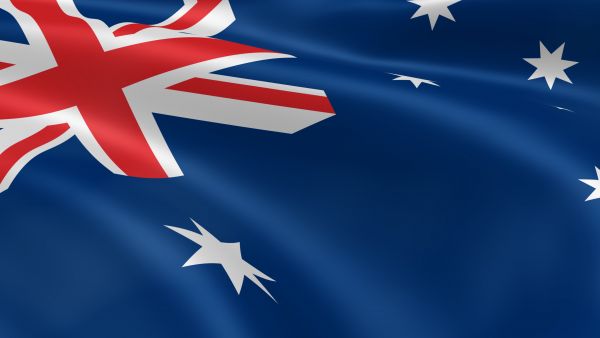Federation Internationale De Gymnastique (Gymnastics)
Latest News & Results
About FIG
The International Gymnastics Federation, a nonprofit organization, is the governing body for gymnastics worldwide. It is the oldest established international sports federation (1881) and has participated in the Olympic Games since their revival in 1896.
The FIG governs seven disciplines:
- Gymnastics for All
- Men's Artistic Gymnastics
- Women's Artistic Gymnastics
- Rhythmic Gymnastics
- Trampoline Gymnastics
- Aerobic Gymnastics
- Acrobatic Gymnastics
It counts 135 national member federations and boasts a 27-person staff at its international seat in Lausanne (SUI), host city of the International Olympic Committee (IOC).
History

Image: Swiss Gymnastics Festival, Basel 1912.
Milestones
1842
Birth of Nicolas J. CUPERUS in Antwerp (BEL), founder and FIG President for 43 years.
1863
Birth of Pierre Frédy Baron de Coubertin in Paris, reviewer of the Olympic Games.
1881
Founding of the FEG office in Liège on July 23rd (Fédération Européenne de Gymnastique). N.J. Cupérus, President. Belgium, France and the Netherlands are represented at the first International Convention.
1896
Athens: First Olympic Games of the modern era, updated by Pierre de Coubertin. The FEG, recognised by the IOC, does not officially participate in these Games as an international federation. Eighteen gymnasts from five countries fought for individual titles.
1903
The International Tournament in Antwerp (4 countries) is the first step towards the formation of World Championships.
1908
London: For the first time, the FEG participates in the Olympic Games as an official international federation, responsible for gymnastics worldwide.
1921
On April 7th, the FEG office becomes the Fédération Internationale de Gymnastique (FIG). Sixteen members are present.
1924
Ch. CAZALET (FRA), President. The FIG Headquarter moves to Paris (FRA).
1928
Founder Nicolas J. CUPERUS dies at the age of 86. In Amsterdam, first participation of women in the Olympic Games.
1931
First Artistic Men’s World Championships in Paris.
1933
Count Adam ZAMOYSKI (POL), President. The FIG Headquarter moves to Poland.
1934
First participation of women in the World Championships in Budapest.
1937
Death of Baron de Coubertin.
1946
Goblet d’ALVIELLA (BEL), President. The FIG Headquarter is in Geneva (SUI).
1949
Introduction of the 1st Men’s Code of Points.
1953
First Gymnaestrada in Rotterdam.
1956
Charles THOENI (SUI), President.
1961
Congress in Stuttgart. The FIG counts 49 affiliated federations.
1963
First World Championships of Modern Gymnastics in Budapest. The sport becomes Rhythmic Sports Gymnastics in 1975.
1966
Arthur GANDER (SUI), President.
1967
The FIG participates in the establishment of the GAISF.
1968
Mexico Olympics: Vera CASLAVSKA (TCH), Sawao KATO
1971
Founding of the PAGU (Panamerican Gymnastics Union) in Cali (COL).
1972
Munich Olympics: Olga KORBUT, Ludmilla TOURISCHEVA (URS), Sawao KATO (JPN).
1973
The FIG opens its permanent secretariat in Lyss (SUI).
1975
Modern gymnastics becomes Rhythmic Sportive Gymnastics.
1976
Yuri TITOV (RUS), President. Montreal Olympics: Nadia COMANECI (ROM), Nellie KIM (URS), Nicolai ANDRIANOV (URS).
1981
Celebration of the 100th anniversary in Montreux (SUI). RSG becomes an Olympic discipline.
1982
Founding of the UEG (Union Européenne de Gymnastique) and of the AGU (Asian Gymnastics Union).
1984
RSG in Olympics for the first time (Los Angeles). Lori Fung (CAN) first Gold Medallist.
1990
Founding of the UAG (African Gymnastics Union) in Alger (ALG).
1991
The FIG Head Office leaves Lyss for Moutier (SUI).
1992
The federation counts 114 affiliated member federations and roughly 15 millions gymnasts. Vitaly SCHERBO (CEI), Emperor of the Games in Barcelona, wins 6 Gold medals!
1994
The General Assembly abolishes compulsory exercises for the Artistic Gymnastics programme for World Championships and Olympic Games as of 1997. It also decides to set up a Sports Aerobics Commission and to run the 1st FIG Sports Aerobics World Championships in 1995.
1995
First Artistic World Championships in Asia (Sabae, JPN)
1996
The 70th Congress and the Centennial Olympic Games in Atlanta (USA). Bruno GRANDI (ITA) is elected President of the FIG. Sports Aerobics becomes an official FIG discipline. For the first time, RSG groups take part in the Olympic Games. Spain is the Olympic Champion. More than 560,000 spectators attend gymnastics competitions at the Georgia Dome. The FIG now counts 124 affiliated federations.
1997
The 33rd Artistic World Championships in Lausanne (SUI) welcome guests of the 106th session of the International Olympic Committee.
1998
71st Congress in Vilamoura (POR). The General Assembly adopts the new structures of the Federation (Council) and welcomes Trampoline and Sports Acrobatics as new FIG disciplines. FIG World Cup Final in Japan (City of Sabae). The FIT is dissolved. Trampoline becomes an official FIG discipline.
1999
First Rhythmic Gymnastics World Championships in Asia (Osaka City, JPN). The IFSA is dissolved. Sports Acrobatics becomes an official FIG discipline. The FIG opens its own Internet website. Extraordinary Congress in Tianjin (CHN).
2000
Sydney: Trampoline makes a stunning entrance into the Olympic Games. Irina Karavaeva and Alexandre Moskalenko (RUS) are the first Olympic Champions in history. 73rd Congress held for the first time on the African Continent in Marrakech (MAR).
2001
First Council meeting at the Olympic Museum in Lausanne (SUI). The FIG counts 125 affiliated Federations.
2002
The FIG opens its first Gymnastics Academy in Kuala Lumpur (MAS). Creation of the FIG Foundation. The FIG counts 124 affiliated Federations and 2 associated Federations.
2004
The FIG coordinates the wording for its new disciplines: Trampoline Gymnastics, Aerobic Gymnastics and Acrobatic Gymnastics. Incidences occur at the Olympic Games in Athens during the Men’s Artistic events that result in the cancellation of the International Judges’ Courses and revision of the MAG/WAG Codes. Congress in Antalya (TUR): President Bruno Grandi takes on his 3rd mandate. The FIG welcomes the federations of the Bahamas (BAH), Congo (CGO), Mauritania (MTN), the Cook Islands (COK) and Botswana (BOT). The FIG counts 129 Affiliated Federations in all.
2005
André Gueisbuhler takes over the office of Secretary General from Norbert Bueche (January), who held the position since 1988. The FIG employs 19 persons at its head office in Moutier (as opposed to 4 upon its arrival in 1991). The new IRCOS (Instant Replay & Control System) project is introduced at the 38th Artistic Gymnastics World Championships in Melbourne (November).
2006
Official celebration of the 125th Anniversary of the FIG in Geneva (SUI), with the guest attendance of Mr Jacques Rogge, President of the International Olympic Committee.
2007
The FIG Council approves a Disciplinary Code. The FIG counts 128 affiliated Federations, 2 of which are associated.
2008
Transfer (July 5th) of the FIG Head Office to Lausanne (SUI), home to the International Olympic Committee. 77th Congress in Helsinki. Launch of new website. President Grandi is re-elected for a 4th term. The FIG has 129 member federations (121 affiliated - 3 associated - 5 suspended).
2009
Official inauguration of the FIG Head Office in Lausanne (SUI) on March 5 in the presence of IOC President Jacques Rogge. The compulsory licence for gymnasts is introduced at the occasion of the Artistic Gymnastics World Championships in London. First Gym for Life World Challenge in Dornbirn (AUT).
2010
Vysoke Tatry (SVK), the FIG is made of 130 Federations, out of which 4 are Associate Federations. The Reference Judges system was officially implemented at the Artistic Gymnastics Worlds in Rotterdam (NED) and at the Rhythmic Gymnastics Worlds in Moscow (RUS).
2011
Introduction of the flight timing in Trampoline competitions.
2012
79th Congress in Cancun (MEX). Incumbent President Grandi is re-elected for his fifth mandate. The FIG has 133 affiliated federations (3 associated included) and 27 staff members in the Lausanne Head Office.
2013
13th Council in Liverpool (GBR). The FIG adopts the 6 principles of qualifications for the 2020 Olympic Games.
 - All Sports
- All Sports





